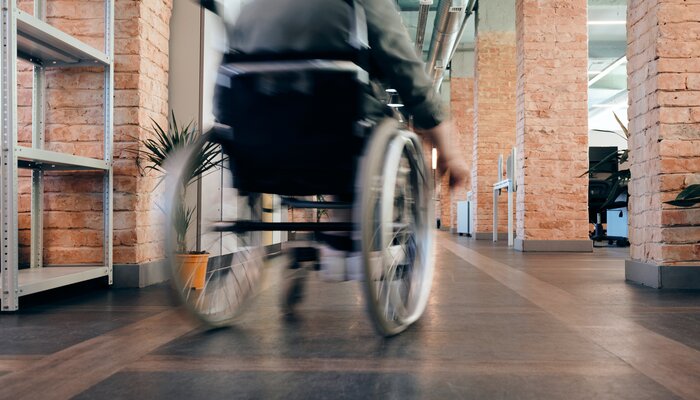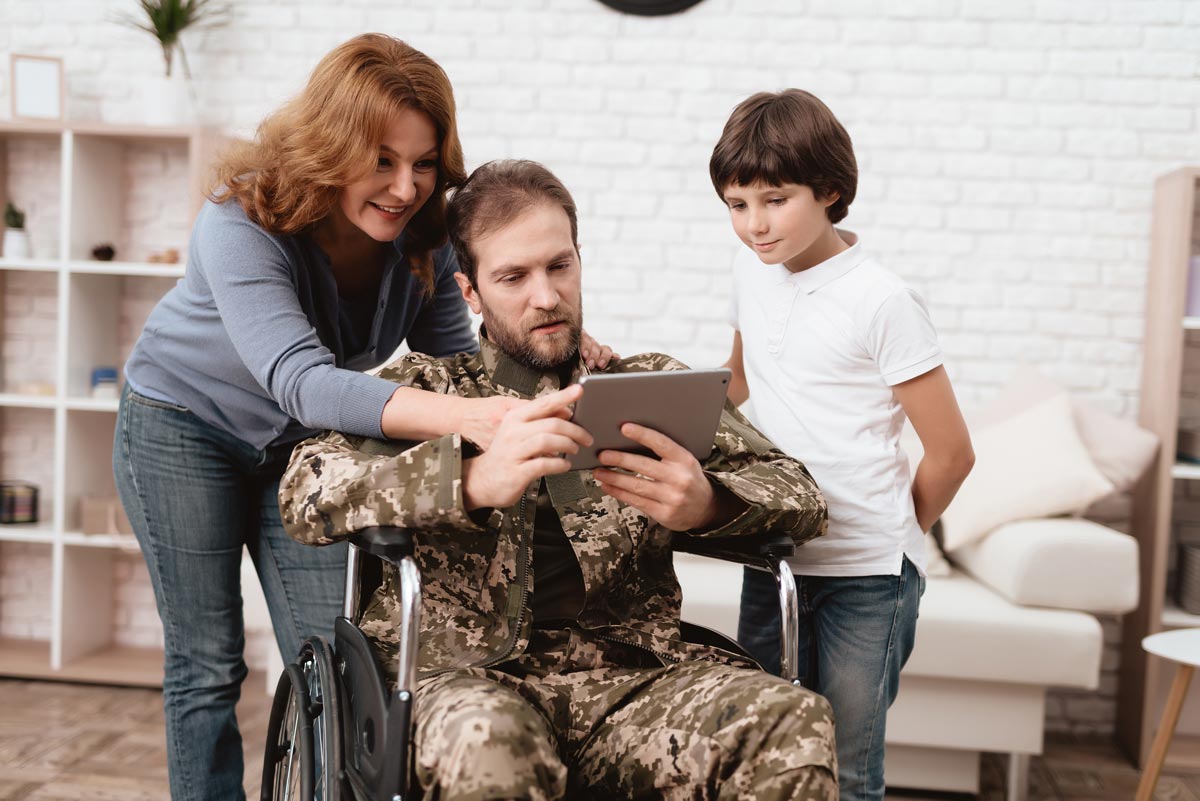Physical therapy (PT)A therapy that focuses on improving movement, strength, and physical function through exercise and m... can help you feel stronger and move around with less pain, especially after surgery or for an ongoing health problem. But PT can take weeks or even months.
Here's how to make the most of your PT journey even if it takes a while:
Understanding the Road Ahead: Common Challenges
Long-term PT demands commitment and resilienceThe ability of individuals with disabilities to cope with and adapt to challenges and adversity.. Here are some of the roadblocks you might encounter:
- Physical Obstacles: PT exercises might feel tough, and it can be frustrating to see slow progress, especially if you have a condition that won't go away.
- Emotional Hurdles: Doing PT for a long time can make you feel discouraged and alone. You might feel like you can't control your own body anymore.
- Logistical Roadblocks: Scheduling appointments, getting rides, and dealing with work or family can be stressful. This can make it hard to stick with your PT plan.
- Limitations of Traditional PT: PT often involves going to the clinic for sessions. This might only help some, especially those with long-term problems.
Overcoming the Hurdles: Strategies for Success
The good news is that overcoming these challenges is possible with the right approach. Some key strategies for navigating a successful long-term PT journey:
- Goal Setting and Tracking: Instead of aiming to run a marathon right away, try walking for 30 minutes without pain first. Celebrate even small improvements to stay motivated!
- Progressive Programs: Your PT exercises will get harder as you get stronger. This keeps things interesting and helps you keep improving.
- Lifestyle Modifications: Eating well, getting enough sleep, and managing stress can all help you feel better and stronger. Your PT or a nutritionist can help you with these things.
- Interdisciplinary Approach: Sometimes, PT works best when other doctors or specialists help too. This could be someone who helps you eat healthy, manage stress, or deal with pain.
Building a Strong Foundation: Enhancing Patient Support and Engagement
Effective communication and education are central to a successful long-term rehabilitationThe process of helping individuals with disabilities achieve and maintain their optimal physical, se... journey. Here's how to create a strong foundation for patient support and engagement:
- Open Communication and Education: Your PT will explain your PT plan, why you're doing certain exercises, and what bumps you might face. This helps you understand what's happening and trust your PT.
- Empowering Self-Management: Your PT will teach you how to exercise correctly and manage your pain. This way, you can keep getting better even outside of PT sessions. For example, you might learn how to stretch properly, relax when stressed, or use tools to manage pain.
- Addressing Emotional Wellbeing: Doing PT for a long time can sometimes make you sad or frustrated. Your PT can check in and see how you're feeling emotionally. They can connect you if needed with someone who specializes in helping people with these feelings.
- Technology and Telehealth: Sometimes, technology can help with PT! If getting to appointments is hard, you can video chat with your PT and exercise at home. This way, you can still get the help you need.
Sustainable Success: Addressing Long-Term Adherence
Long-term rehabilitation requires consistent effort beyond the clinical setting. Here's how to tackle the challenge of adherence:
- Identifying Barriers: Maybe getting to appointments is hard, or maybe PT costs a lot. Talk to your PT about ways to overcome these challenges. They might suggest exercising at home or finding appointments that fit your schedule better.
- Building a Support System: Your family and friends can greatly help! People cheering you on and helping you stick with your PT plan can make a big difference.
- Flexibility and Adaptability: Things might change as you do PT. Depending on what's happening, your PT can adjust your exercises or how often you come in. This way, your PT plan keeps working for you.
- Long-Term Tools and Resources: Once you're feeling better, your PT can give you exercises you can do at home and online resources to learn more. This way, you can keep getting stronger even after PT ends.
Transition and Beyond: Maintaining Progress After Therapy
- Long-term rehabilitation is ultimately a marathon, not a sprint. Here's how to ensure a smooth transition from formal PT sessions to independent management of your condition:
- Gradual Reduction in Sessions: You won't need to go as often as you get better in PT. This lets you take charge of your recovery but your PT will still be there to help if needed.
- Relapse Prevention Strategies: PT can teach you to spot signs that your pain might return. Having a plan for what to do when that happens helps you stay in control of your health.
- Integration into Daily Life: The goal of PT is to help you move better every day, not just in therapy sessions. Your PT can show you ways to turn your exercises into habits you can do at home.
- Long-Term Follow-Up: Even after PT ends, you can check in with your PT sometimes. This helps you stay on track and lets them know if you have any new problems.
Conclusion
Long-term rehabilitation requires dedication, perseverance, and a collaborative effort between patient and therapist. You can overcome the challenges of this extended journey by incorporating goal-setting, progressive exercise programs, and a focus on both physical and mental wellbeing. Remember, long-term PT is not just about regaining mobility; it's about empowering you to take charge of your health and live a more fulfilling life. With the right strategies and a supportive team, you can navigate the roadblocks and emerge stronger, more resilient, and in control of your wellbeing.
This revised version expands on the previous sections and adds a new "Transition and Beyond" section to provide a more comprehensive guide to long-term rehabilitation in physical therapy. It emphasizes the importance of patient empowermentThe process of gaining control, authority, and power over one’s life, often used in the context of... and self-management skills for sustainable success.





